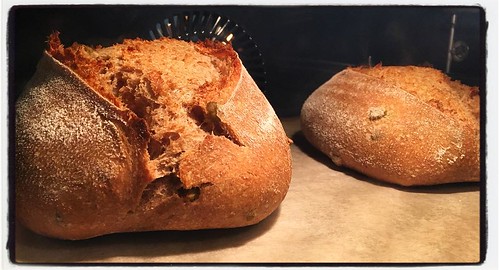K3 Y/A, even so, is even now ready to down control mobile floor expression of MHC I in 293 cells, probably thanks to an ability to sequester MHC I in an intracellular compartment, given that it is nevertheless ready to tightly bind MHC I in pull-down assays (knowledge not  revealed).
revealed).
Revealed data present that each K3 and K5 are capable of triggering improved endocytosis of target proteins, but K5 also targets a sub-established of proteins by means of altered trafficking from the endoplasmic reticulum or Golgi [eleven,48,forty nine]. Presented our locating that K3 or K5 mutated in the tyrosine-based mostly endocytosis motif lost the capability to control DC-Sign and DC-SIGNR, we sought to figure out if these lectins were also endocytosed. For these experiments, we very first utilised THP-1 cells that categorical detectable stages of endogenous DC-Indicator, rather than the in excess of expression cell lines utilized in previously experiments. Cell traces stably expressing vacant vector, K3 wt or K5 wt ended up set up by retroviral transduction and subsequent variety, were examined for surface expression of a tiny panel of MARCH protein targets by flow cytometry. As a manage, we also examined floor stages of CD74, a protein expressed in THP-one cells and not known to be regulated by either K3 or K5. Expression of either K3 wt or K5 wt resulted in decreased area amounts of DC-Indication, even though K3 was not as lively as K5 in this mobile line (Fig. 4A). Examination of RNA derived from these lines by qRT-PCR revealed quite reduced levels of the two K3 and K5 mRNA that was ,2.5 fold increased than the amounts seen in BCBL-1 cells with out stimulation, but ,500 fold less than is seen pursuing reactivation with sodium butyrate and TPA. Regulation of MHC I was identified to be equivalent among K3- and K5-expressing THP-one cells, indicating that the differences in DC-Indication regulation were very likely not thanks to variations in MARCH protein expression. Both CD31 and CD1d, targets of K5, but not K3, were efficiently regulated in the THP-1 K5 wt mobile line. As expected, no modulation of CD74 was noticed for possibly of the wild-sort MARCH proteins. Mutation of the tyrosine-dependent motif in possibly K3 or K5 abolished the ability of the respective protein to down modulate DC-Indicator, in retaining with the modulation noticed in 293 DC-Sign secure mobile strains transiently expressing either the K3 Y/A or K5 Y/A 17062641mutant (Fig. 4A, in comparison with Figs. two and three). In buy to examine possible endocytosis in the presence of K3 or K5, we utilized dynasore, a reversible dynamin inhibitor. Cells had been treated with either dynasore or solvent (DMSO) for 1 hour. Pursuing treatment, each of the cell traces had been stained, on ice, with anti-DC-Signal antibody, and then chased for thirty minutes at 37uC. Each established of cells was stained with a fluorophore-conjugated secondary antibody and the stage of DC-Signal remaining on the surface area was decided by movement cytometry and normalized to the quantity identified in MC-LR solvent-dealt with cells. In the THP-1 K5 wt cells, an improve of at least five-fold was observed in a number of experiments, despite the fact that the ranges of DC-Sign on the surface area still remained far under that of the parental cell line. instead than raises in whole DC-Indicator proteins concentrations, as evidenced by flow cytometry of the exact same mobile populations soon after permeabilization to label the two area and intracellular proteins (Fig. 4B, left panel).
